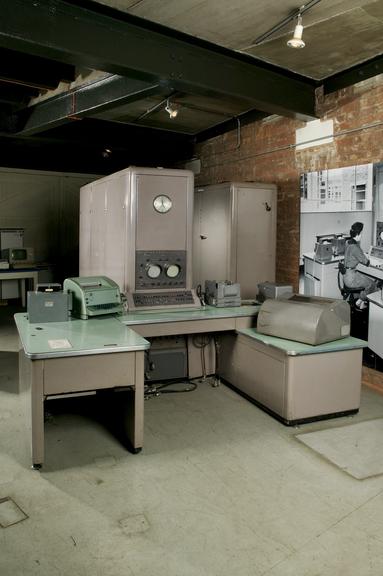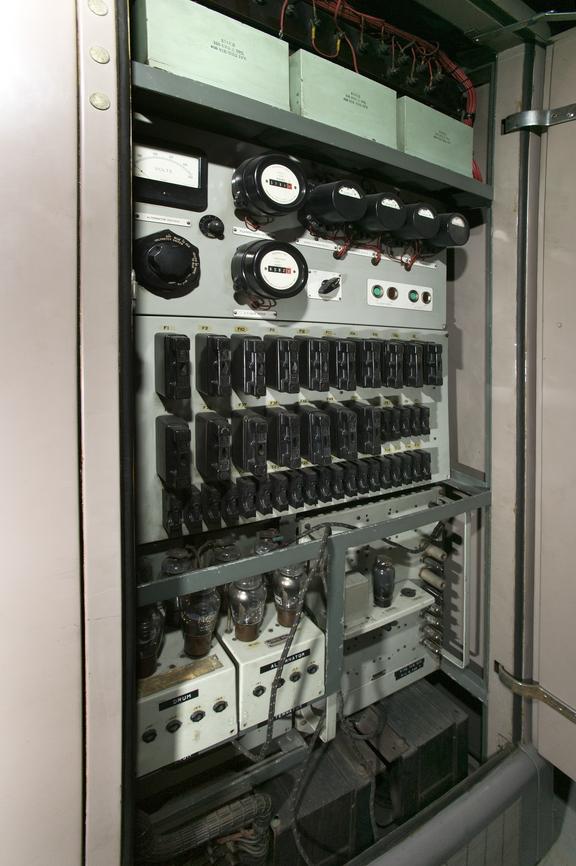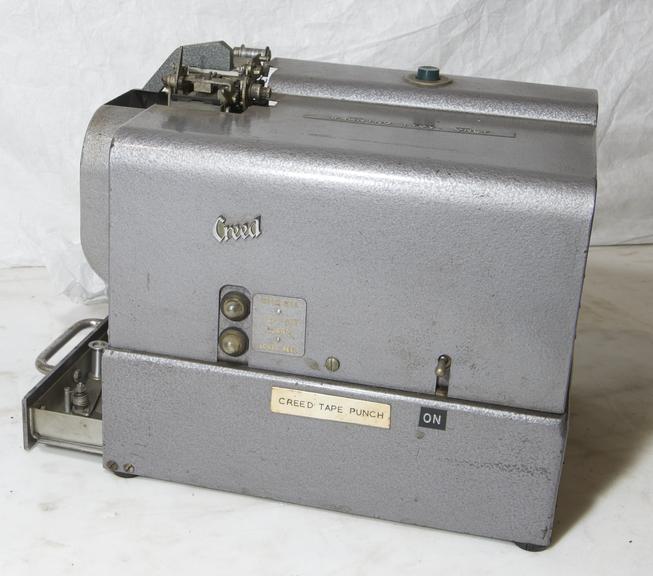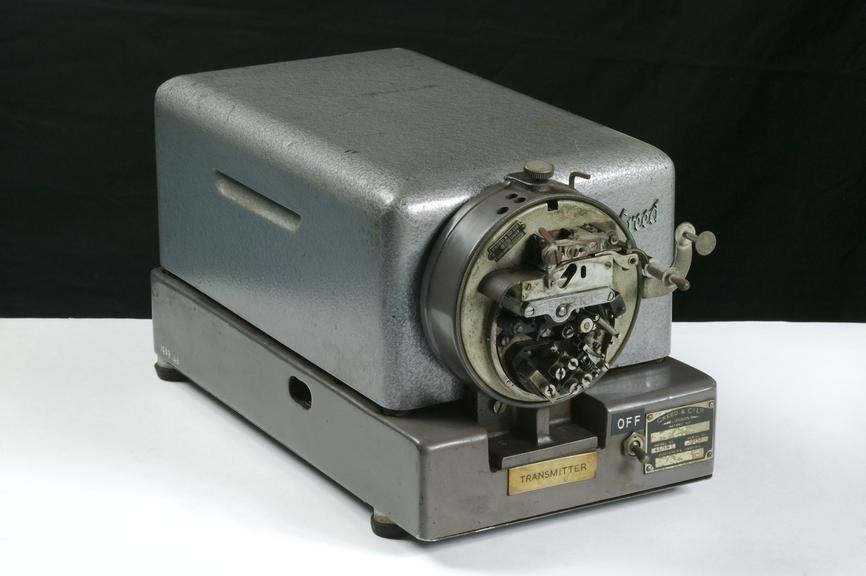Central Processing Unit of Pegasus with Spare Circuit Board Packages
Central processing unit with part of desk unit attached at front. From the Pegasus Mark I computer, made by Ferranti Ltd, West Gorton, Manchester, and delivered to Vickers-Armstrong (Aircraft) Ltd in 1957.
More
The Ferranti Pegasus was a 1950s computer, built using electronic valve circuitry, with nickel delay lines and a magnetic drum used for memory and data storage. It was designed in London by a team led by William Elliott, with Christopher Strachey making significant contributions to the software development. The computers were manufactured in Ferranti’s factories in Manchester and around forty were sold to universities, businesses, and research establishments. Pegasus had a modular design that was convenient to maintain, and the machines were easy to program by the standards of the day.
This particular Pegasus was sold to Vickers-Armstrong Aircraft in Weybridge in 1957, where it was used for aircraft design calculations. Later it was given to Brooklands Technical College where it was used for educational purposes.
- Measurements:
-
Overall: 2070 mm x 690 mm x 2600 mm,
- Materials:
- glass , metal (unknown) and plastic (unidentified)
- Object Number:
- Y1969.46.1
- type:
- valve computer
- Image ©
- The Board of Trustees of the Science Museum









































